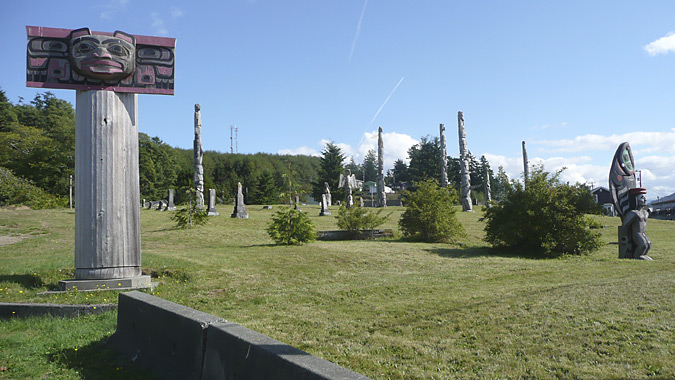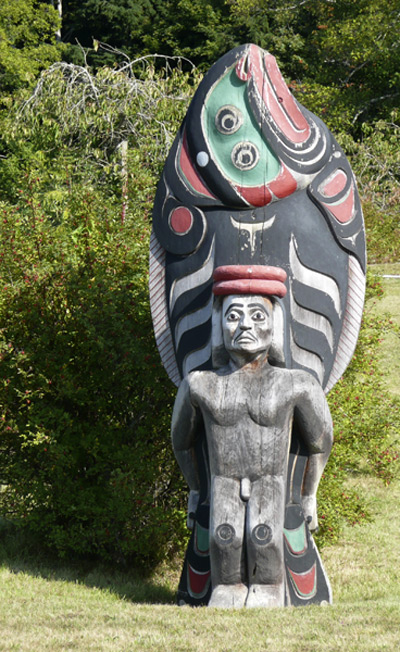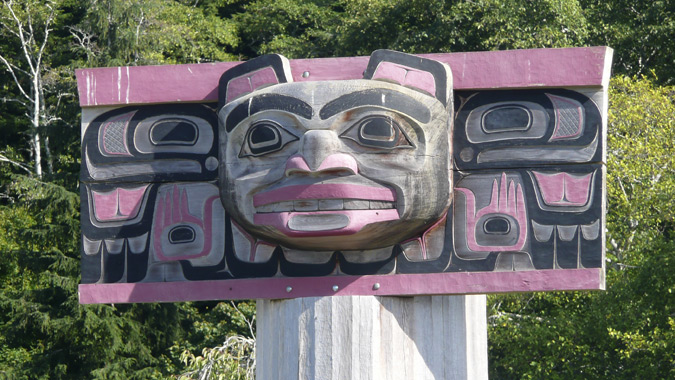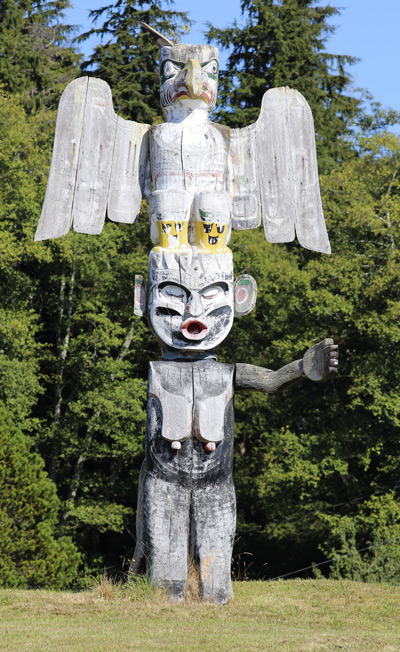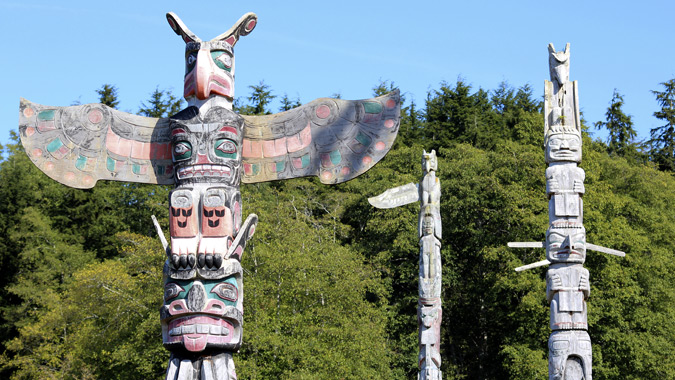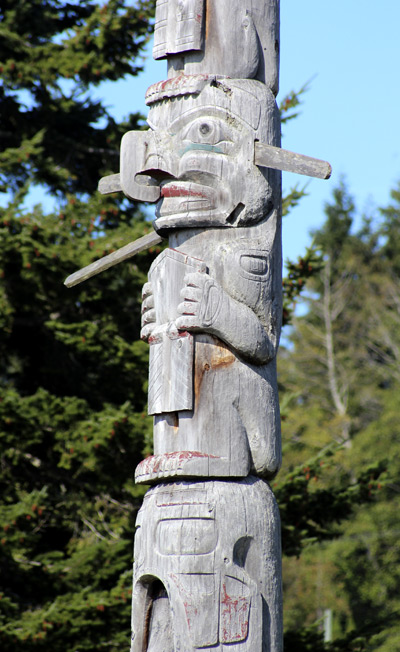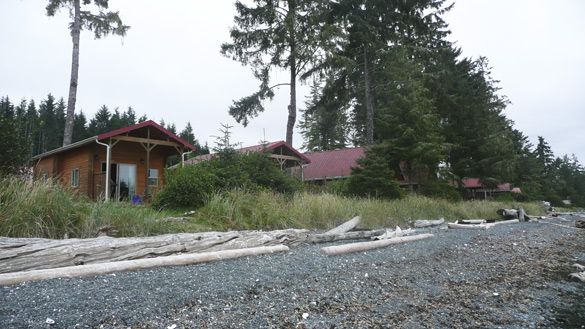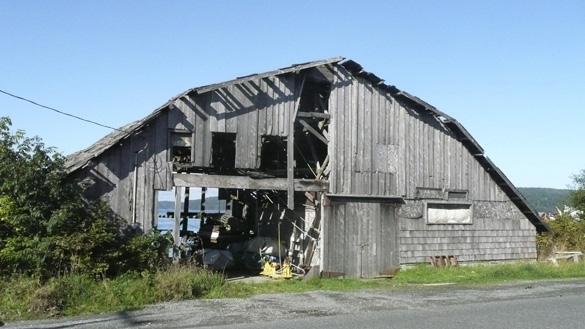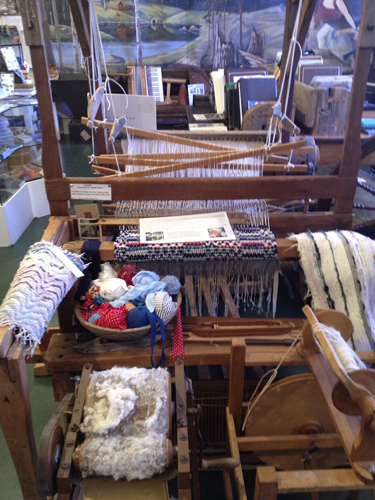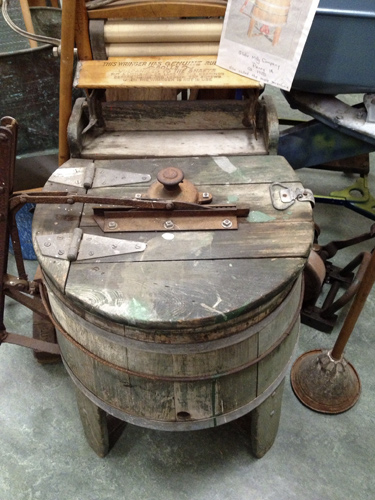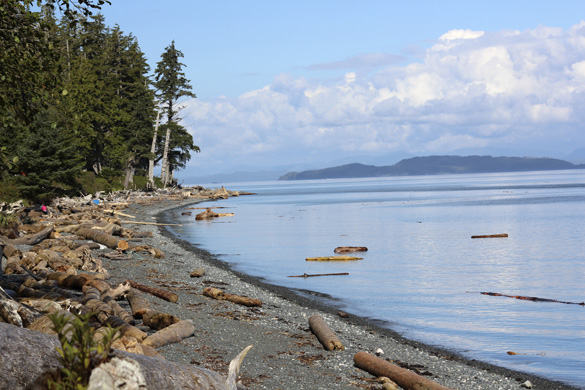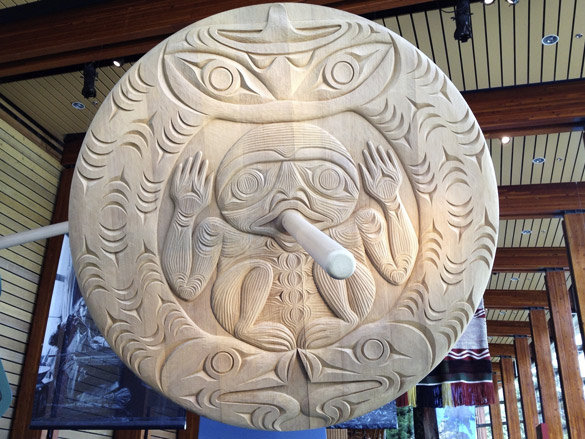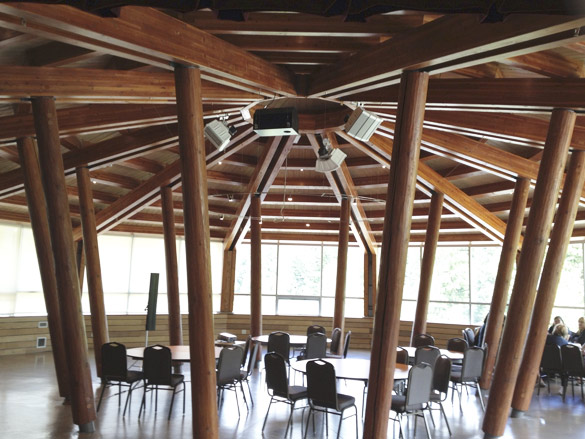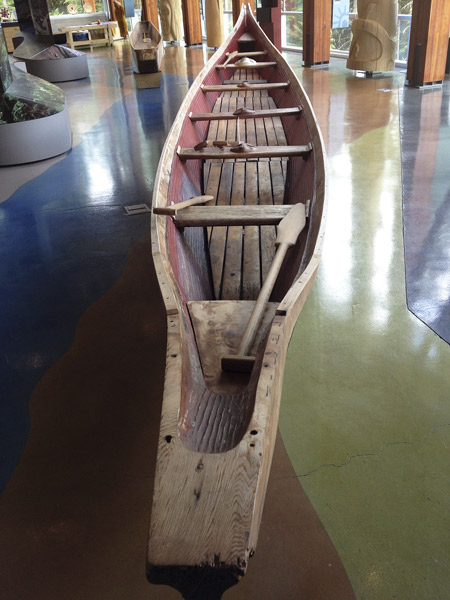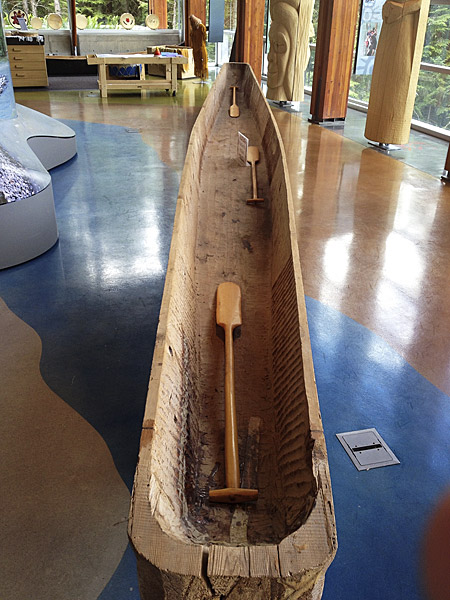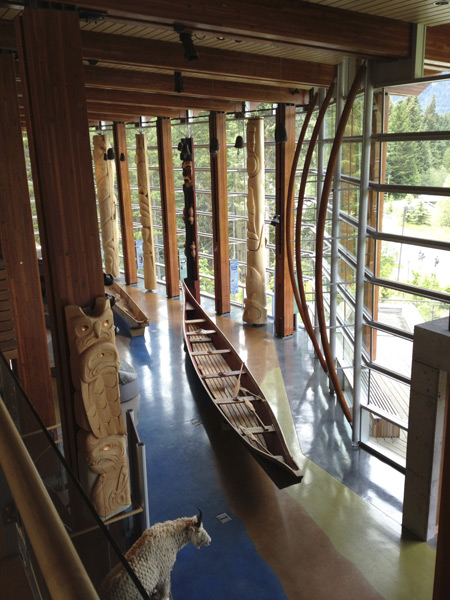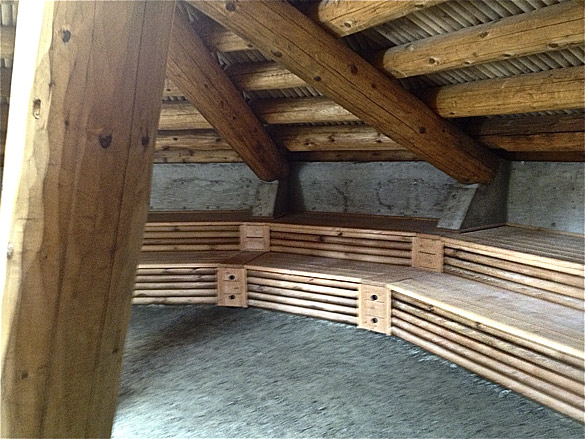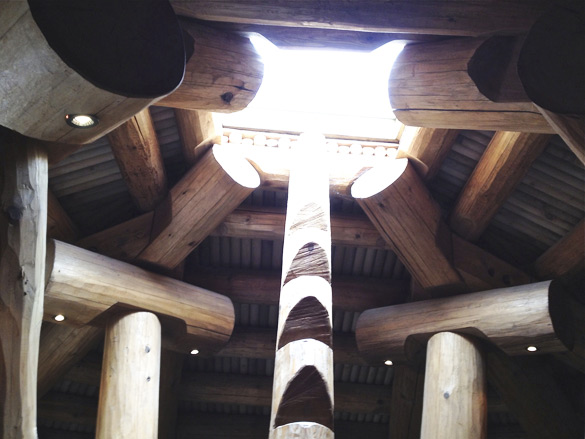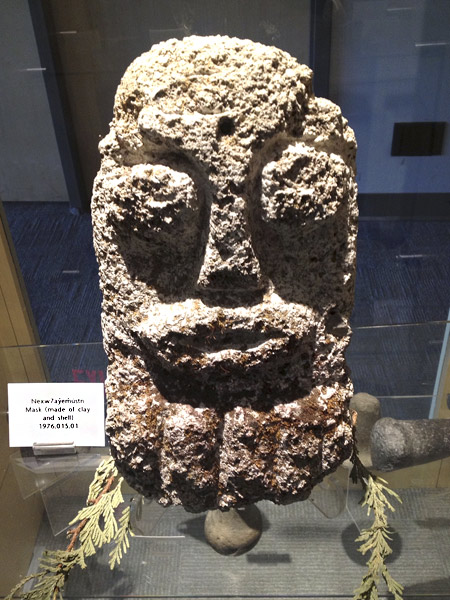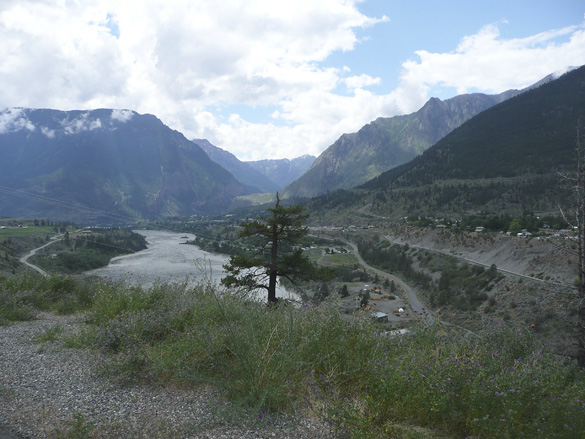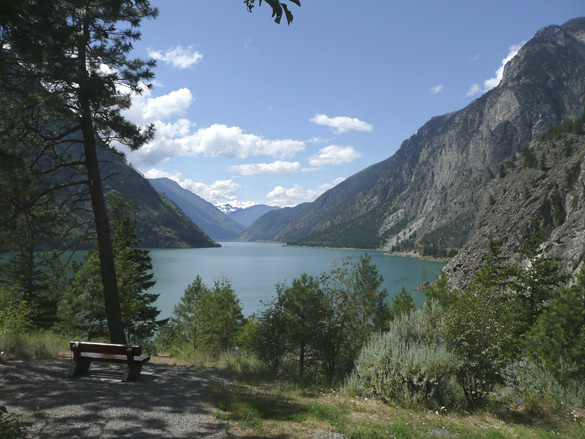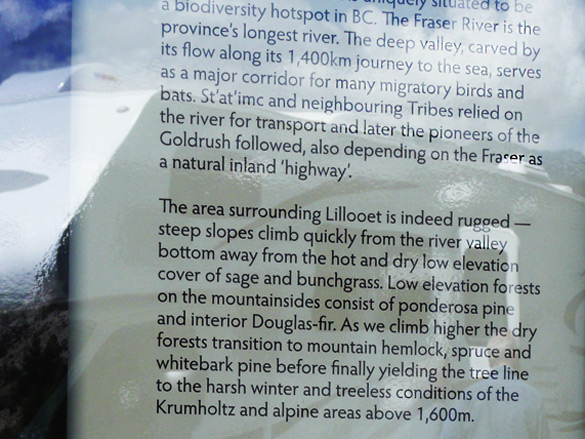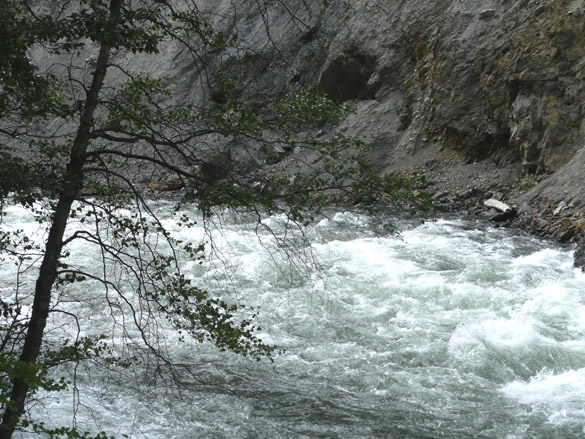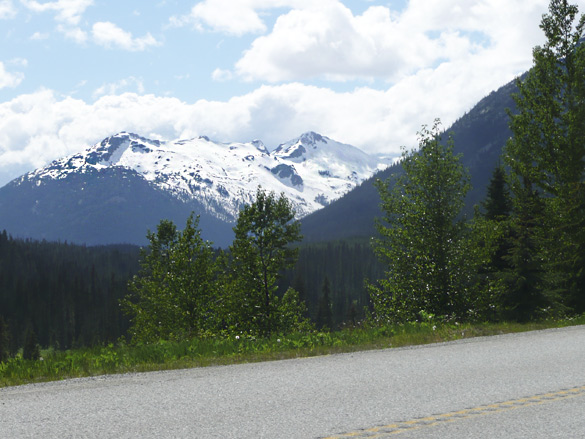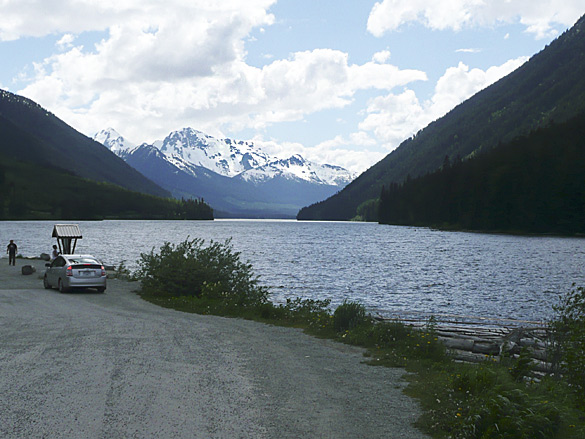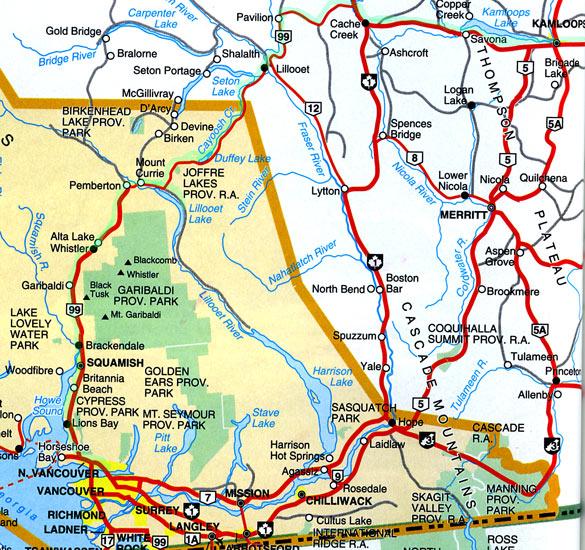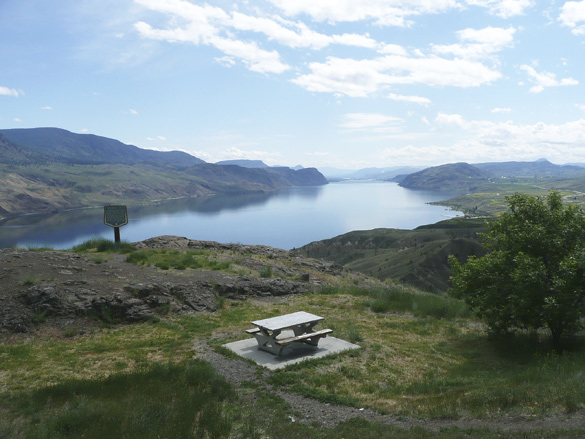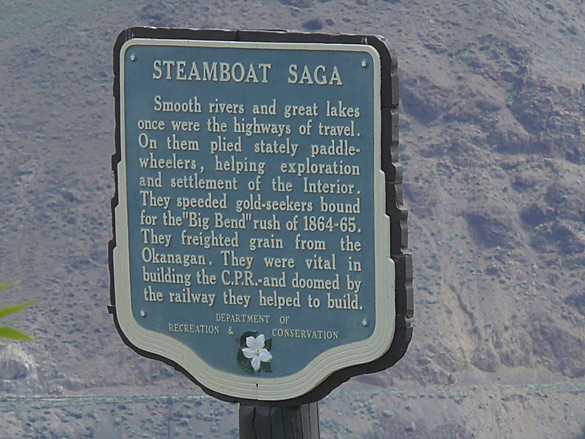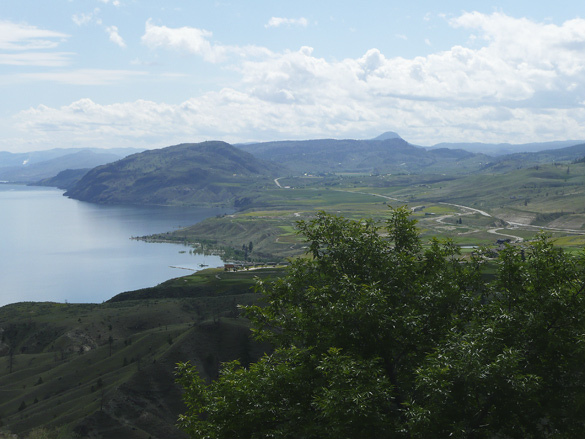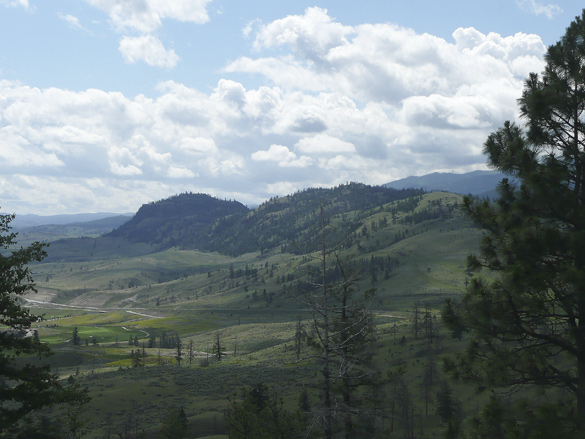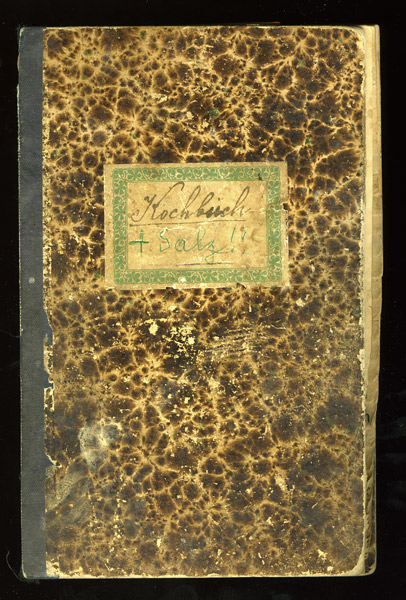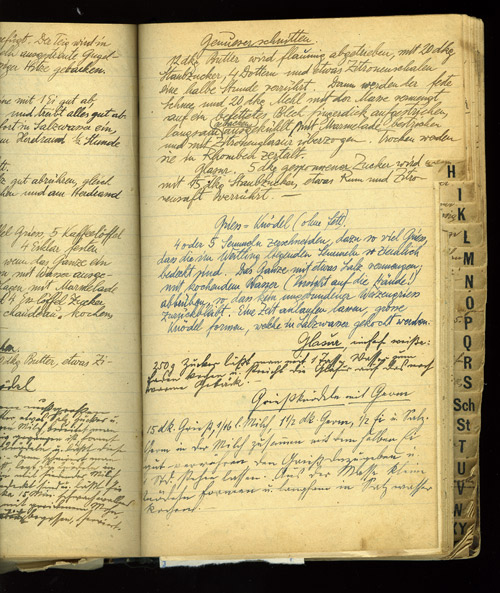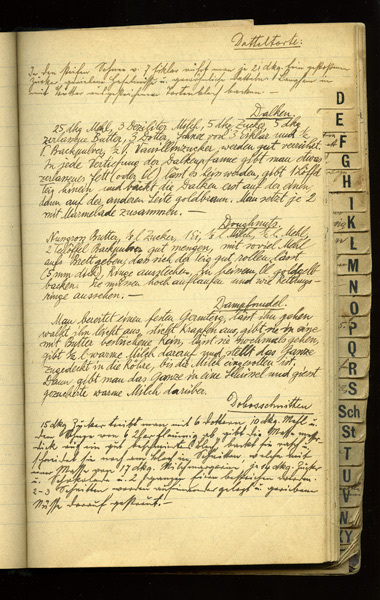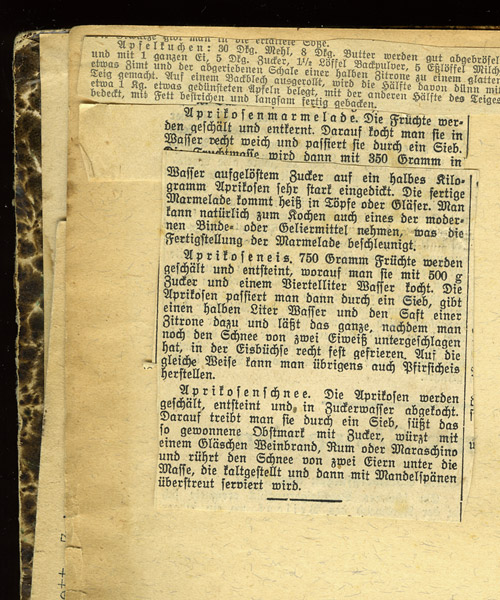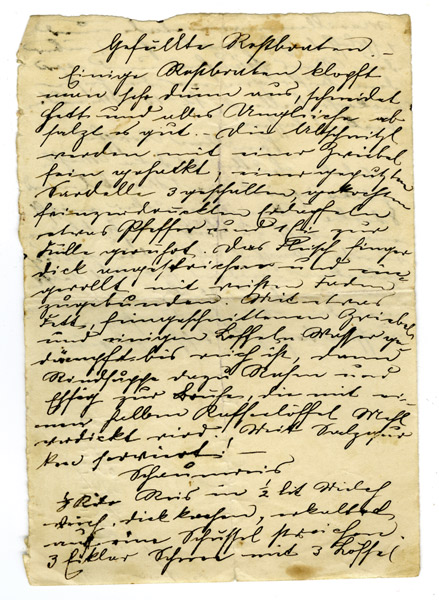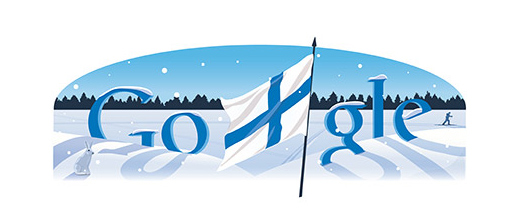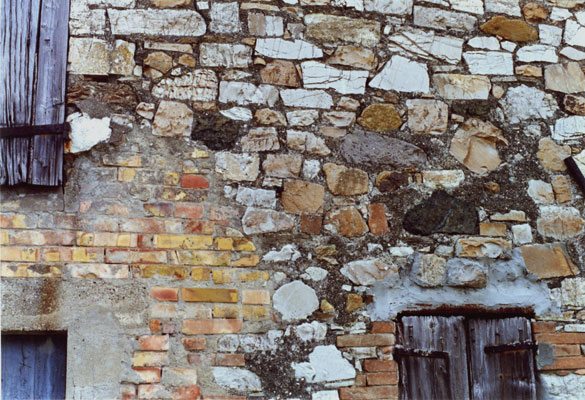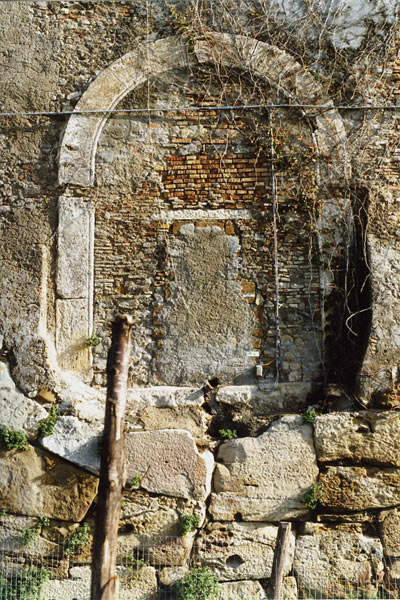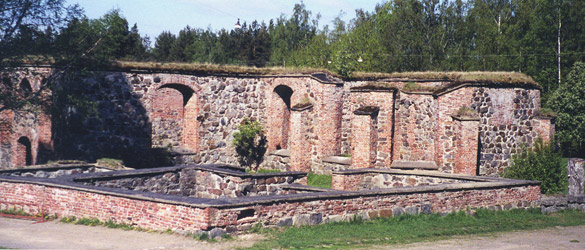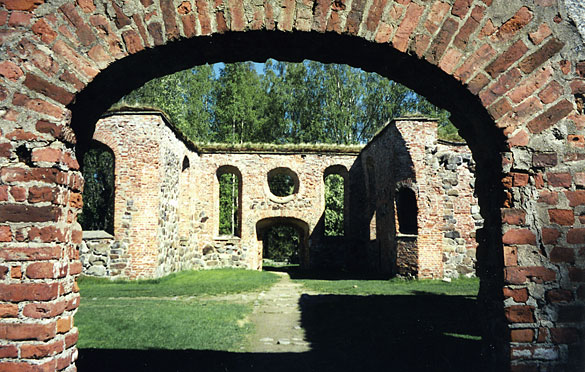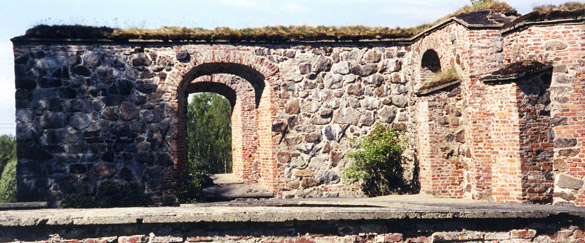island hopping, day 3 Alert Bay
After a morning at Sointula, we took the ferry back to Port McNeill, then drove right back on it for the leg to Alert Bay on Cormorant Island, about 40 minutes away. These ferry trips were a joy on another beautiful sunny day.
Our plan was to visit Alert Bay’s noted numerous totem poles and its U’mista Cultural Centre. Our first stop was at the visitor centre to get both print and verbal information and directions which were excellent. But also some bad news… the U’mista Cultural Centre was closed on Mondays! I felt very sorry that I had not rechecked the website concerning the fall and winter schedule change. We were also told that there had recently been a fire in one part of the museum so that part was closed for restoration work.
Still, we saw a lot in our afternoon there and took so many photos that I will have to show them over more than one post. Today’s focus is on the the island’s largest grouping of totem poles on the Namgis Burial Ground. Being sacred ground, viewers were requested to view these from the road, not a problem though I am grateful my husband captured some closer shots with his newer and more powerful camera.
We were given brochures which are very helpful in learning more about totem poles in general and Alert Bay’s in particular. One is available also as a PDF. I recommend the page “what is a totem pole?” Are these not amazing works of art and spirit?!
